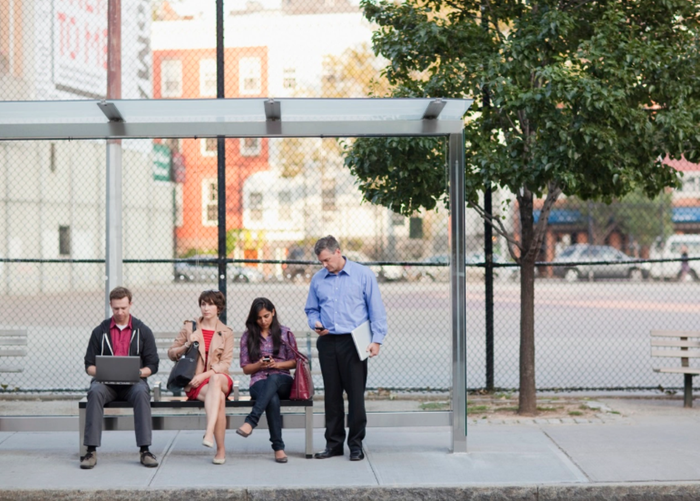Design Without Delay: The AI Solution to Urban InefficiencyDesign Without Delay: The AI Solution to Urban Inefficiency
Emerging technologies like AI are poised to disrupt urban development inefficiencies, offering a smarter, faster and more sustainable solution

In the complex world of urban development, inefficiency is a silent cost—$268 billion annually, according to McKinsey & Company, stalling progress and limiting potential. From affordable housing delays to postponed infrastructure upgrades, the fragmented nature of design and construction processes costs the U.S. construction industry—and communities—dearly. However, emerging technologies like artificial intelligence are poised to disrupt these inefficiencies, offering a smarter, faster and more sustainable path forward.
The Hidden Cost of Urban Development
Design and construction operate like a fragmented puzzle, with over ten sub-consultants per project working in isolation. Structural engineers, HVAC specialists and sustainability experts each operate in their own silo, creating communication gaps that lead to costly delays.
Research from KPMG reveals that approximately 80% of buildings are delivered over budget, with many projects experiencing cost overruns reaching up to 80% of their original estimates. The U.S. construction market, valued at $1.3 trillion, feels these inefficiencies acutely.
Of the 2.5 million construction projects initiated annually in the U.S., 40% fall behind schedule. Typical design timelines stretch 12 to 18 months and each delay compounds costs and reduces development potential.
The Complexity of Modern Development
What drives these inefficiencies? A deeply fragmented ecosystem where specialized teams use different software, communication protocols and project management approaches. A structural engineer's tools differ dramatically from a sustainability expert's, creating significant technical friction.
Design changes in one area cascade into complex recalculations across multiple disciplines. A minor structural adjustment might require a complete recalibration of energy models, cost estimates and sustainability metrics—a process that traditionally could take weeks.
The Human Cost of Inefficiency
Beyond financial implications, these inefficiencies have profound human consequences. Delayed urban development projects mean:
Affordable housing initiatives stall
Critical infrastructure upgrades get postponed
Sustainable design innovations remain unrealized
Community needs go unaddressed
Investor confidence erodes
Climate adaptation, urban resilience and equitable development depend on our ability to streamline complex design processes. Each delayed project represents a missed opportunity to create more livable, sustainable urban environments.
AI: A Current Solution for Future Cities
Artificial intelligence is emerging as a critical tool in addressing these systemic challenges. By creating real-time, integrated workflows, AI has the potential to break down traditional barriers and turn potential obstacles into opportunities for innovation. Artificial intelligence brings critical capabilities to urban development in several ways:
Workflow Integration: Automated systems align stakeholders from a project's inception. Machine learning algorithms parse complex design requirements, identifying potential conflicts and suggesting optimizations in real time.
Predictive Risk Management: By analyzing historical project data, environmental factors and current progress metrics, AI anticipates potential bottlenecks before they materialize, shifting project management from reactive to proactive.
Rapid Design Iteration: What once took months can now be accomplished in days. AI generates and evaluates multiple design scenarios, simultaneously optimizing for cost, sustainability, structural integrity and energy efficiency.
Beyond Efficiency: A Sustainable Vision
Cities like Singapore and Copenhagen demonstrate AI's potential in managing complex urban systems—from building energy consumption to infrastructure planning5. These examples illustrate how technological innovation can create more responsive, sustainable urban environments that address critical challenges.
Climate resilience, affordable housing and urban mobility are no longer distant goals but achievable targets. By reducing inefficiencies, we can accelerate sustainable development and create more adaptive urban spaces.
Technology has the potential to empower human creativity. By eliminating repetitive tasks, innovative minds can focus on transformative solutions. Every workflow optimization brings us closer to cities that are adaptive, sustainable and built around human needs.
The future of urban development isn't approaching. It's unfolding right now.
Are we ready to reimagine what's possible?
About the Author
You May Also Like








